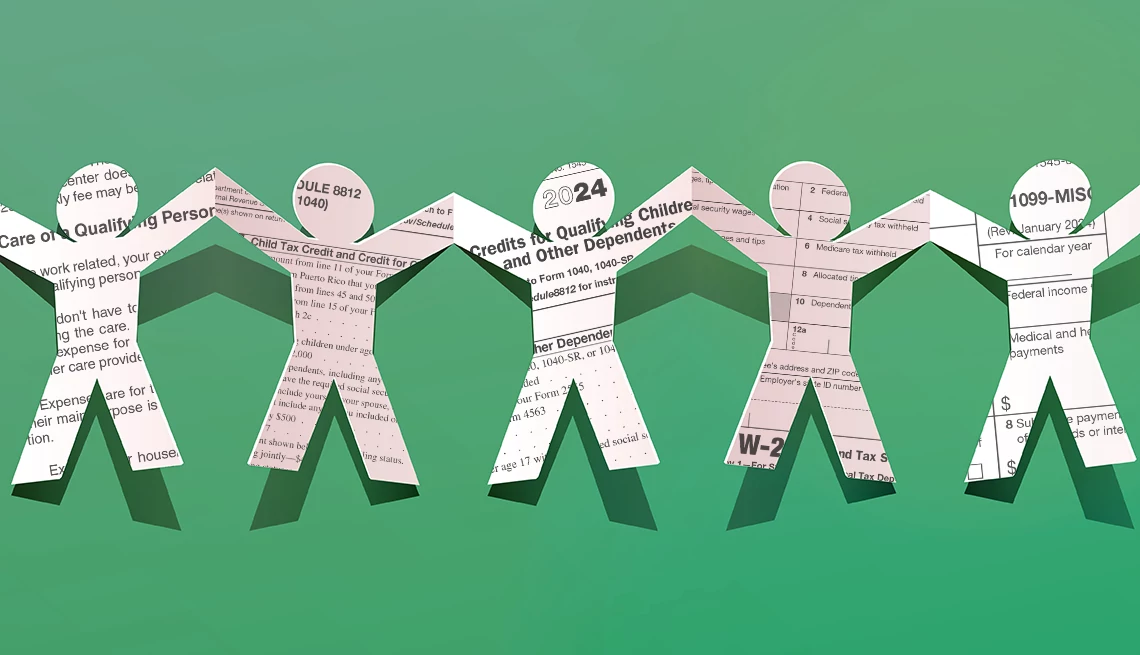AARP Hearing Center


As a family caregiver, you went into the job knowing it would take much of your time.
You may not have expected it to take quite so much of your money. The average family caregiver spends about $7,200 a year on household, medical and other costs related to caring for a loved one.
Fortunately, you’ll find some light at the end of the tax year: federal tax credits and deductions that apply directly or indirectly to caregiving costs. Here are some ways family caregivers may be able to reduce their tax burden.
Tax credit for ‘other dependents’
Unlike a deduction, which lowers your taxable income, a tax credit directly reduces your tax bill. The Credit for Other Dependents allows taxpayers to claim up to $500 as a nonrefundable Credit for Other Dependents, including parents in your care.
Under this provision, in effect through the 2025 tax year, the Internal Revenue Service allows family caregivers to claim individuals who can't take care of themselves and are related by adoption, blood or marriage — and even some friends — as other dependents on their federal tax return. To qualify, your loved one must:
Join Our Fight for Caregivers
AARP is urging Congress to pass a $5,000 family caregiving tax credit to provide some economic relief to caregivers juggling out-of-pocket costs. Sign up to become part of AARP’s online advocacy network and help family caregivers get the support they need.
1. Be a U.S. citizen, U.S. national or legal resident. Your loved one must also have a valid identification taxpayer identification number (generally, a Social Security number).
2. Below a certain income. Your loved one’s gross income in 2024 was not greater than $5,050.
3. Dependent on you. Your loved one lives with you for more than half a year, and you pay more than 50 percent of that person’s living expenses, including clothing, food, lodging, medical and dental care, recreation, transportation and other necessities.
4. Not also filing a joint return with a partner. You can claim a dependent who is married only if he or she does not file a joint return with a spouse or files a joint return only to get a refund of income tax withheld and does not claim any other credits or deductions.

































































More From AARP
The Staggering Financial Toll of Family Caregiving
Caring for an aging parent can be rewarding but also can drain your finances
How to Keep a Loved One With Cognitive Decline Safe From Scams
Key steps to protect vulnerable family members’ finances in an age of rampant fraud